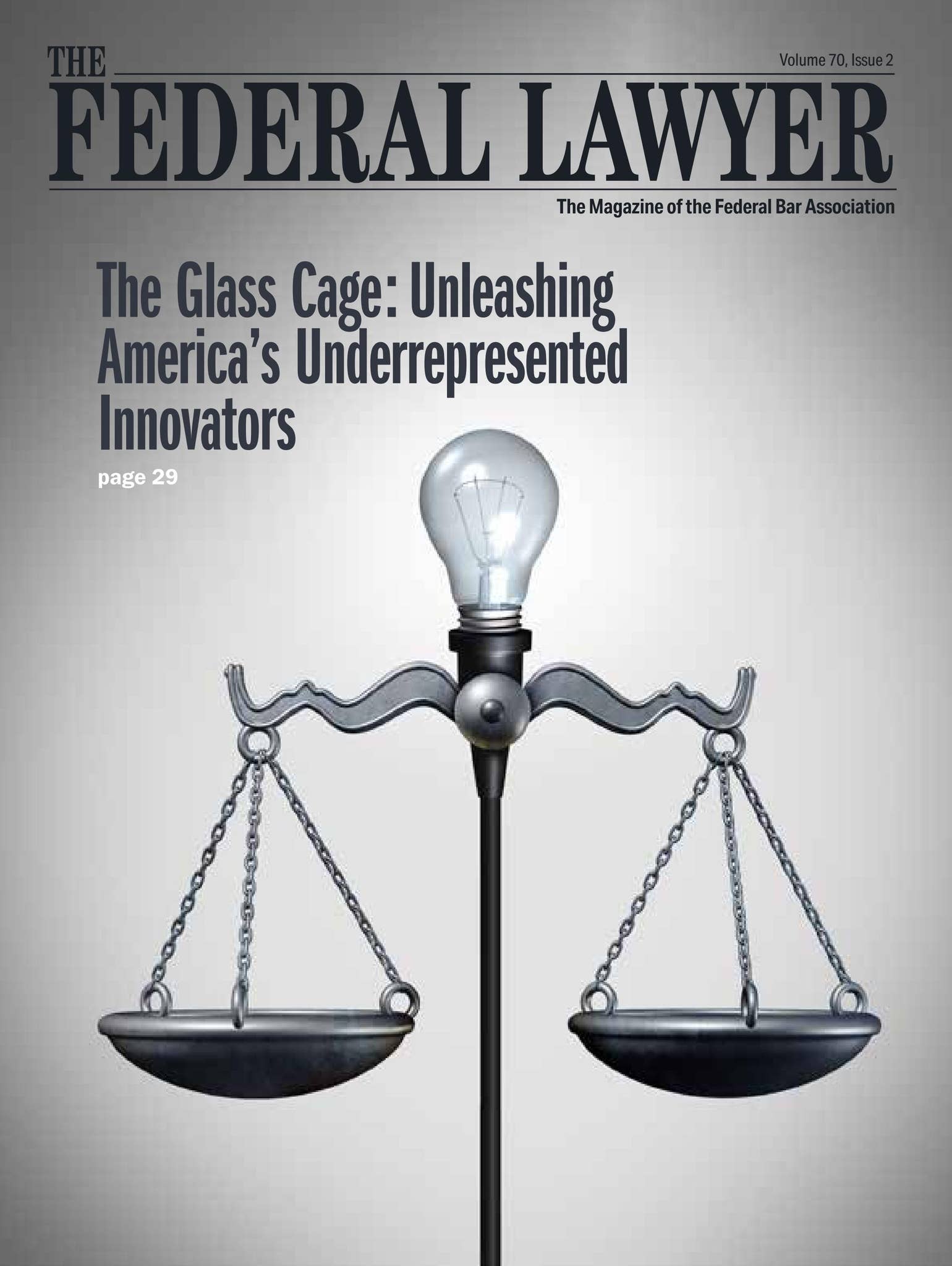BigLaw’s Two-Tier Model Risks Widening Gender Disparities – Law360

Report on Two-Tier Partnership Models in the Legal Sector and Implications for Sustainable Development Goals
Executive Summary
A report dated July 18, 2025, indicates a growing trend among major law firms towards the adoption of two-tier partnership structures. This development raises significant concerns regarding its potential to undermine progress on key United Nations Sustainable Development Goals (SDGs), particularly those related to gender equality and decent work. Legal industry analysis suggests that the non-equity partner tier is at risk of becoming a retention area predominantly for female professionals, thereby entrenching gender disparity at the highest levels of the legal profession and hindering the achievement of SDG 5.
Analysis of Structural Risks and SDG Misalignment
The primary concern is that the non-equity partnership track may systematically disadvantage women, creating a structural barrier to full equity status and leadership. This model’s impact directly conflicts with the principles outlined in several SDGs.
- Disproportionate Representation: The non-equity tier risks becoming a “parking lot” for female talent, limiting their access to the firm’s ultimate governance and economic rewards.
- Erosion of Equal Opportunity: This structure may perpetuate a glass ceiling, formally institutionalizing a barrier to women’s advancement, which is contrary to the ethos of SDG 5 and SDG 10.
- Economic Disparity: A two-tier system can create significant pay and wealth gaps between partners performing similar roles, challenging the principles of equal pay for work of equal value as mandated by SDG 8.
Implications for Specific Sustainable Development Goals
The trend has direct and adverse implications for the following SDGs:
SDG 5: Gender Equality
- This model directly threatens Target 5.5, which calls for women’s full and effective participation and equal opportunities for leadership in economic life.
- By creating a less powerful and less remunerative tier where women may be overrepresented, it actively entrenches gender-based inequality in one of the world’s most influential professions.
SDG 8: Decent Work and Economic Growth
- The structure potentially violates Target 8.5, which aims to achieve full, productive employment and decent work for all, with equal pay for work of equal value.
- It risks institutionalizing unequal compensation systems and career progression tracks within the same professional designation, undermining the concept of “decent work.”
SDG 10: Reduced Inequalities
- The model contributes to widening economic and professional inequalities, in direct opposition to Target 10.2, which focuses on promoting the social and economic inclusion of all.
- It establishes a framework that could systematically limit the economic inclusion of women at the top of the legal sector.
Conclusion and Recommendations
The increasing adoption of two-tier partnership models requires critical assessment from an SDG perspective. While potentially offering firms structural flexibility, the model presents a substantial risk of reversing progress on gender equality and economic justice within the legal industry.
- Monitoring and Transparency: Law firms must transparently monitor and report on the demographic composition and career progression rates of both equity and non-equity tiers to ensure alignment with SDG 5.
- Structural Review: The legal industry should conduct a thorough review of such partnership models to evaluate their long-term impact on achieving SDG 8 and SDG 10, ensuring that these structures do not become permanent barriers to equality.
- Commitment to Advancement: Firms must demonstrate a clear and viable path from non-equity to equity status, ensuring the non-equity tier does not become a terminal track that disproportionately affects women and undermines global sustainability commitments.
1. Which SDGs are addressed or connected to the issues highlighted in the article?
-
SDG 5: Gender Equality
The article directly addresses this goal by highlighting concerns about a new business practice in law firms that “risks becoming a ‘parking lot’ for women.” This points to a systemic issue that could worsen “gender disparities at the top of the profession,” which is a core concern of SDG 5.
-
SDG 8: Decent Work and Economic Growth
The discussion of “two-tier partnership models” where one track is non-equity relates to the quality of work and opportunities for economic advancement. An equity partnership represents a stake in the firm’s profits and a higher level of economic participation. The article implies that this system could deny women decent work and equal opportunities for career progression and economic growth, which is central to SDG 8.
-
SDG 10: Reduced Inequalities
This goal is relevant as the article focuses on a practice that could entrench inequality based on gender within a specific high-income profession. The warning about “entrenching gender disparities” speaks directly to the aim of reducing inequalities of opportunity and outcome among different groups.
2. What specific targets under those SDGs can be identified based on the article’s content?
-
Target 5.5: Ensure women’s full and effective participation and equal opportunities for leadership at all levels of decision-making in political, economic and public life.
The article’s focus on “gender disparities at the top of the profession” and the risk of a “non-equity track” becoming a barrier for women directly relates to ensuring equal opportunities for leadership in economic life, as represented by equity partnerships in BigLaw firms.
-
Target 8.5: By 2030, achieve full and productive employment and decent work for all women and men… and equal pay for work of equal value.
The two-tier model, where a non-equity partnership offers a different level of remuneration and status, challenges the principle of equal opportunity for productive employment and advancement. The concern that this track is becoming a “parking lot for women” suggests a potential systemic barrier to achieving this target within the legal industry.
-
Target 10.3: Ensure equal opportunity and reduce inequalities of outcome, including by eliminating discriminatory laws, policies and practices…
The “two-tier partnership model” is a corporate policy or practice. The article warns that this specific practice could lead to unequal outcomes based on gender, thereby working against the objective of this target.
3. Are there any indicators mentioned or implied in the article that can be used to measure progress towards the identified targets?
-
Implied Indicator for Target 5.5: Proportion of women in senior leadership/management positions.
The article’s concern with “gender disparities at the top of the profession” implies that a key metric for measuring this issue is the ratio of women to men in equity partner roles versus non-equity partner roles. A growing disparity in these numbers would indicate a negative trend.
-
Implied Indicator for Target 10.3: Proportion of population reporting having personally felt discriminated against or harassed in the previous 12 months on the basis of a ground of discrimination prohibited under international human rights law.
While not explicitly stated, the creation of a “parking lot for women” on a non-equity track implies a systemic practice that could be perceived as discriminatory. Measuring the promotion rates of men versus women to equity partner status would serve as a quantitative proxy for tracking this potential inequality of opportunity.
4. SDGs, Targets and Indicators Table
| SDGs | Targets | Indicators (Implied from Article) |
|---|---|---|
| SDG 5: Gender Equality | Target 5.5: Ensure women’s full and effective participation and equal opportunities for leadership at all levels of decision-making in economic life. | The proportion of women holding equity partner positions compared to men in BigLaw firms. |
| SDG 8: Decent Work and Economic Growth | Target 8.5: Achieve full and productive employment and decent work for all women and men. | The distribution of men and women across equity and non-equity partnership tracks. |
| SDG 10: Reduced Inequalities | Target 10.3: Ensure equal opportunity and reduce inequalities of outcome, including by eliminating discriminatory policies and practices. | The rate of promotion to equity partner status for women versus men, analyzing the impact of the two-tier partnership policy. |
Source: law360.com

What is Your Reaction?
 Like
0
Like
0
 Dislike
0
Dislike
0
 Love
0
Love
0
 Funny
0
Funny
0
 Angry
0
Angry
0
 Sad
0
Sad
0
 Wow
0
Wow
0
















































































